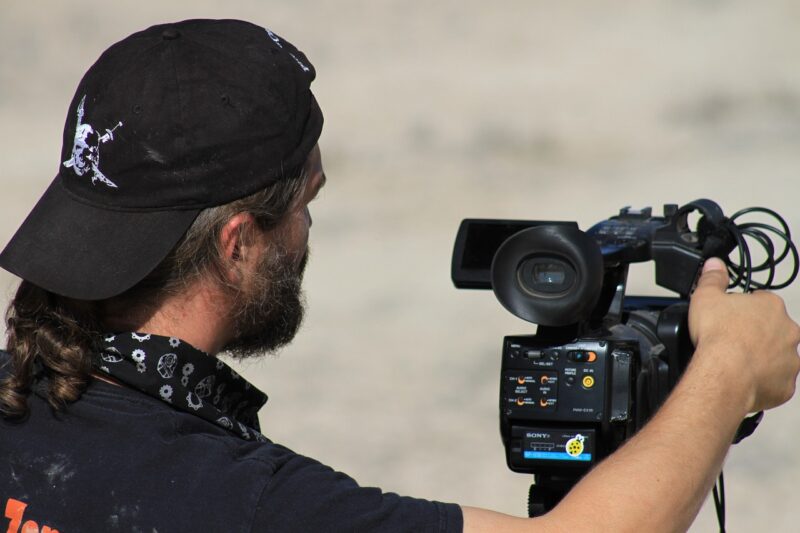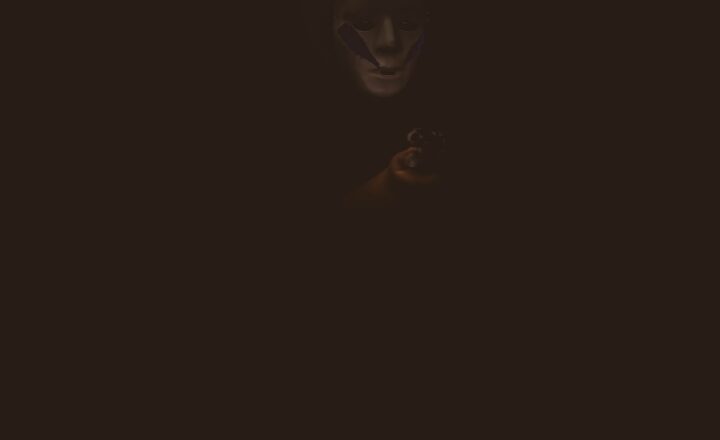The Top Horror Movie Directors Who Master the Art of Fear and Suspense
November 17, 2024

Horror movies have an incredible ability to scare, thrill, and manipulate our emotions in ways that few other genres can. At the heart of these terrifying tales stand the directors who meticulously design the experience, crafting suspenseful narratives that keep viewers on the edge of their seats. From the early days of cinema to the modern blockbusters, certain directors have proven their mastery over the art of fear.
1. Alfred Hitchcock: The Master of Suspense
Alfred Hitchcock is often referred to as “The Master of Suspense.” His influence on the horror genre cannot be overstated; films like “Psycho” and “The Birds” have left a permanent mark on cinema. Hitchcock developed techniques that turned everyday situations into scenes of terror, using sound design, lighting, and carefully crafted storylines to provoke anxiety.
In “Psycho,” for example, the famous shower scene is a masterclass in tension-building. Through clever editing and a chilling score, Hitchcock created a moment that shocked audiences, forever changing how audiences perceive horror. His approach to storytelling, with unexpected twists and psychological depth, has inspired countless directors after him.
2. John Carpenter: Pioneering Modern Horror
John Carpenter is another key figure in the horror genre, known for his ability to blend horror with science fiction and action. His most notable work, “Halloween,” popularized the slasher film and set the standard for future horror movies. Carpenter’s unique style combines suspenseful pacing with a haunting score, often composed by himself.
In addition to “Halloween,” Carpenter’s films like “The Thing” and “They Live” showcase his innovative use of practical effects and suspenseful character development. He skillfully builds tension through atmospheric settings and a meticulous understanding of viewer psychology. Carpenter’s legacy continues to influence filmmakers and horror enthusiasts alike.
3. Wes Craven: Pushing Boundaries
Wes Craven took horror to the next level with films that challenged conventions and blended genres. Known for classics like “A Nightmare on Elm Street” and “Scream,” Craven reinvigorated horror by integrating self-awareness into his narratives. In “Scream,” he poked fun at horror movie tropes while simultaneously delivering terrifying moments, making audiences both laugh and scream.
Craven’s ability to address social issues within the horror context is remarkable. His work often touched on fear of the unknown, blending elements of fantasy with stark realities. This duality not only created a strong connection with the audience but also reinvented the genre for a new generation.
4. Guillermo del Toro: Fairy Tales of Fear
Guillermo del Toro is known for his stunning visuals and unique ability to weave horror into fairy tale-like narratives. Films like “Pan’s Labyrinth” and “Crimson Peak” showcase his signature aesthetic and deep emotional resonance. Del Toro’s storytelling often highlights the fragility of innocence amidst grotesque horror, making his films deeply affecting.
His focus on practical effects and strong character development, combined with his love for creatures and the macabre, adds layers to the horror experience. Del Toro reinvents horror by blending fantasy and fright, proving that true fear often lies in emotional connections and relatable characters.
5. Jordan Peele: Redefining Modern Horror
Jordan Peele has emerged as a modern master of horror with his thought-provoking films “Get Out” and “Us.” Peele uses horror as a platform to explore social issues and cultural commentary, effectively pushing the boundaries of the genre. His unique storytelling style blends suspense with subversion, leaving audiences questioning societal norms long after the credits roll.
In “Get Out,” Peele cleverly employs humor and tension to deliver a poignant critique of race relations that resonates with many viewers. His work demonstrates that horror can provoke thought while still delivering deep scares, solidifying his place as one of the most significant directors in contemporary horror.
6. Ari Aster: The New Wave of Horror
Ari Aster burst onto the horror scene with his unsettling debut film, “Hereditary,” followed by the visually arresting “Midsommar.” Aster’s work often delves into family dynamics, trauma, and psychological horror, exploring the fears within rather than relying solely on external threats. His ability to blend emotional complexity with horrific elements sets him apart from traditional horror filmmakers.
Aster’s storytelling often includes slow-building tension and shocking imagery that leave a lasting impact on viewers. His exploration of grief and existential dread in horror adds a fresh perspective to the genre, marking him as one of the visionaries of modern horror.
Conclusion
These directors have shaped the horror genre into what it is today, each bringing their unique vision and expertise to the craft. From the suspenseful atmosphere of Hitchcock to the socially conscious narratives of Peele, they have left an indelible mark on cinema. Their contributions continue to inspire future filmmakers while providing audiences with timeless tales of fear that resonate with our deepest anxieties.







